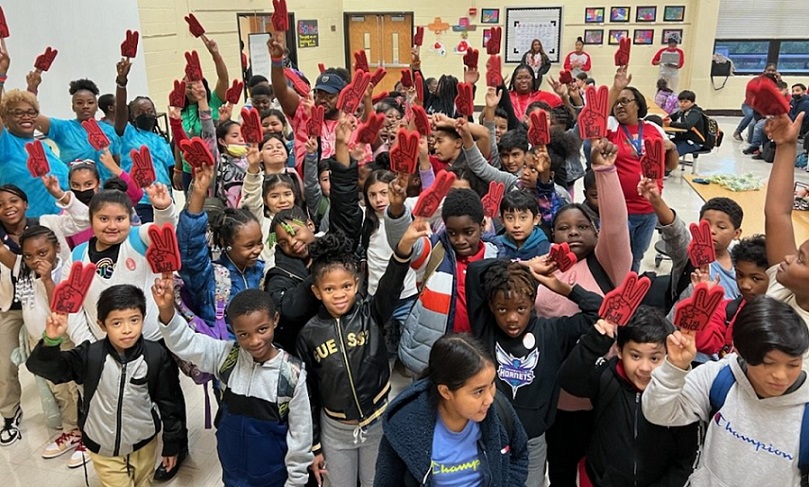
Be THE Voice Empowers Students to be the Voice of Kindness and Inclusion
Be THE Voice (BTV) is run by the students themselves, which makes sense. No one can get excited about a cause like a kid. Not to mention, when kids do things for themselves, the lessons they learn are unforgettable. At Be THE Voice, the lessons children learn are to be kind to others, and to accept those with different views. It’s a great way to prepare youth for later success in the workforce, where they are bound to encounter those unlike themselves.
We love to support kid-run initiatives with our small grants program, because we know the lessons they learn are more deeply internalized as a result. Such efforts also teach children leadership skills and how to work with others. Add to this the fact that Be THE Voice is teaching kids to be kind, in a world that is not necessarily so. That is something we can all get behind.
We put some questions to Be THE Voice, Executive Director Debbie Cwalina to learn more about the work of this youth nonprofit:
Kars4Kids: What demographic do you serve—what can you tell us about the kids?
Debbie Cwalina: The 2022-23 initiative is being implemented in 61 schools impacting a diverse student population in K-12 schools statewide. The program is facilitated by a student club, so the “face” of Be THE Voice varies from school to school, creating an immediate buy-in of the student body at each school. BTV empowers every student to be the “voice” of kindness and inclusion through an inspirational 12-week video series and engaging hands-on activities.
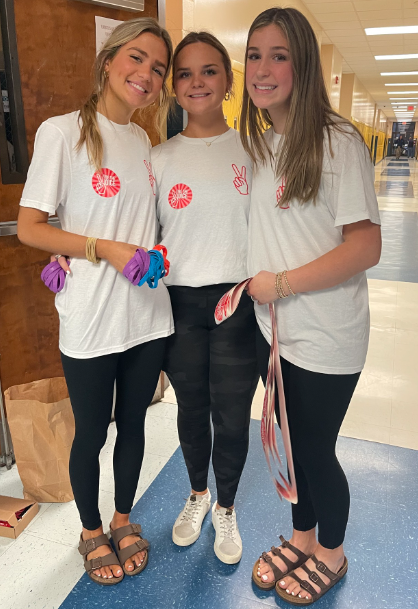
Kars4Kids: Your about page begins with quite a mouthful: “Students learn how to reconnect with their peers through our visual and hands-on platform which challenges the reactive instincts that can lead to conflict, and instead promote empathy and inclusion.”
Can we unpack that? Let’s begin with the word “reconnect.” Were they connected in the first place? Why “re” connect?
Debbie Cwalina: Yes! It’s a mouthful. Social and emotional “recovery” post-pandemic has been difficult for many students. Losing months of face to face interaction with their peers affected their ability to “reconnect” when they returned to the classroom. This was evident by the sharp increase in student conflict, anxiety, and depression in school systems nationwide. Interpersonal skills take practice, just like learning how to ride a bike or play an instrument. Our initiative provides a variety of activities designed to help them “reconnect” as they work together to meet a Be THE Voice goal. See schools in action on our News & Events page.
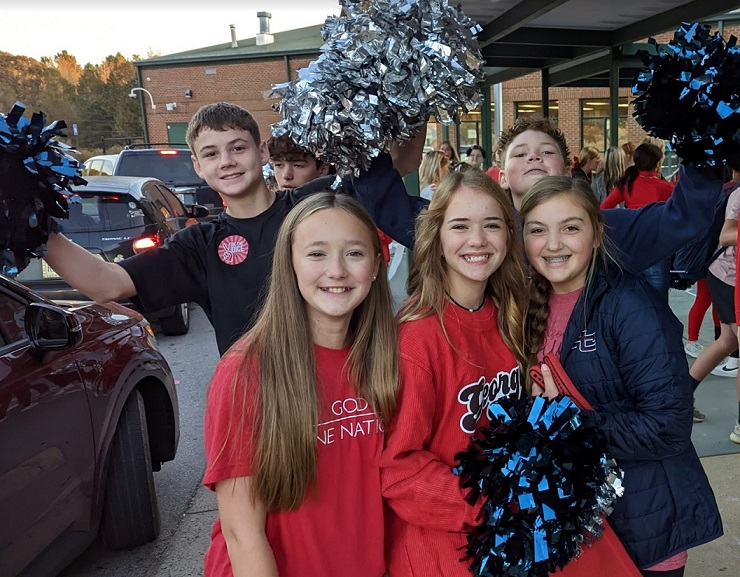
Kars4Kids: Be THE Voice uses a “visual and hands-on platform.” So this is experiential learning? What type of media are you using—can you give us a rundown of the program?
Debbie Cwalina: The BTV platform revolves around a 12-week video series featuring diverse social-influencers sharing personal stories of how they inspired change. This has become the heartbeat of the initiative and something the students look forward to watching each week. We produce 12 videos for each program level (36 annually) to ensure the messaging is delivered in a way that students understand. As for the video content, that is gathered annually via the post-program survey as to the issues in which they are most interested hearing about the following year.
To see this year’s program outline, please scroll down to the 3rd section of this page.
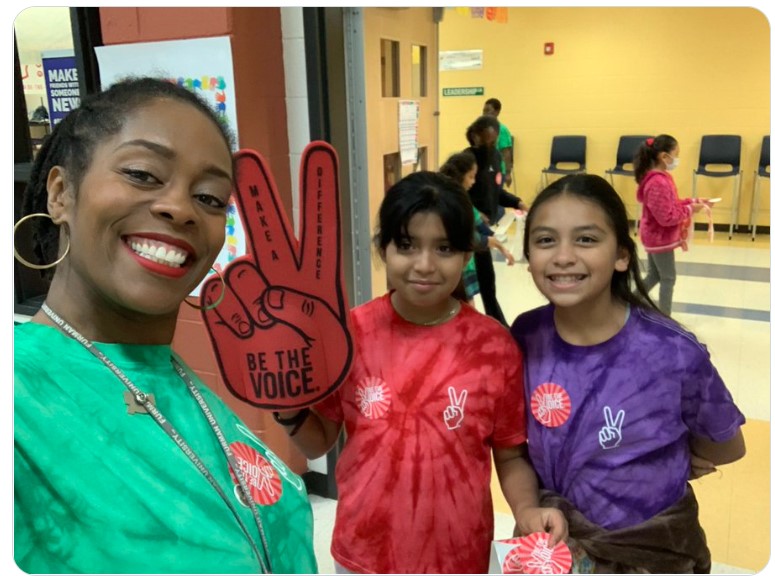
Kars4Kids: “Reactive instincts” sounds like it’s about how xenophobia is expressed. What are some of the most common expressions of xenophobia among the kids in your program?
Debbie Cwalina: Xenophobia is “hostility toward or strong distrust of people from other cultures.” I see less hostility, and more of a disinterest in making the effort to connect with others who are “different” from them. I would label it as stereotyping, which is either born from a child’s upbringing or from being part of a peer group that excludes a certain type of student. Even political views became an issue at the high school level when students proudly wore political gear and were shunned by peers who had opposing views.
A lot of our videos discuss these topics, through the voices of similarly aged students at each program level. The topics range from being bi-racial, bullying, exclusion, peer-pressure, personal hardship, etc. Sixty-five percent of students are visual learners, so our video series is highly effective with students replicating what they viewed the very same day. Here’s a great example of a student inspired to address cyberbullying. It seems that no one is safe from labeling, and this story was surprising to me because it involved a cheerleader – not the usual target of bullying or exclusion.
Kars4Kids: Be THE Voice is peer-led. How does that work? What role(s) if any, do adults play in all this?
Debbie Cwalina: As I mentioned earlier, the program is implemented by a designated school club who set the example of kindness and inclusion by promoting the BTV activities each month. Teachers have told us how BTV affords every student the opportunity to “shine” as being kind is inborn, it’s just not always “popular.”
Other than initial program set-up, adults are encouraged to assist when needed. Each program includes a detailed outline of each month’s activities, including all components needed to participate in each activity. We also provide thought-provoking discussion points that entice students to talk about each week’s video message (and was voted the second most popular activity in the middle school series last year.) Not really a true “activity” in my mind, but it makes so much sense! Our young people lost months of F2F interaction with their classmates over the last few years, so of course they’re looking for ways to reconnect – and our weekly discussion points offers that opportunity.
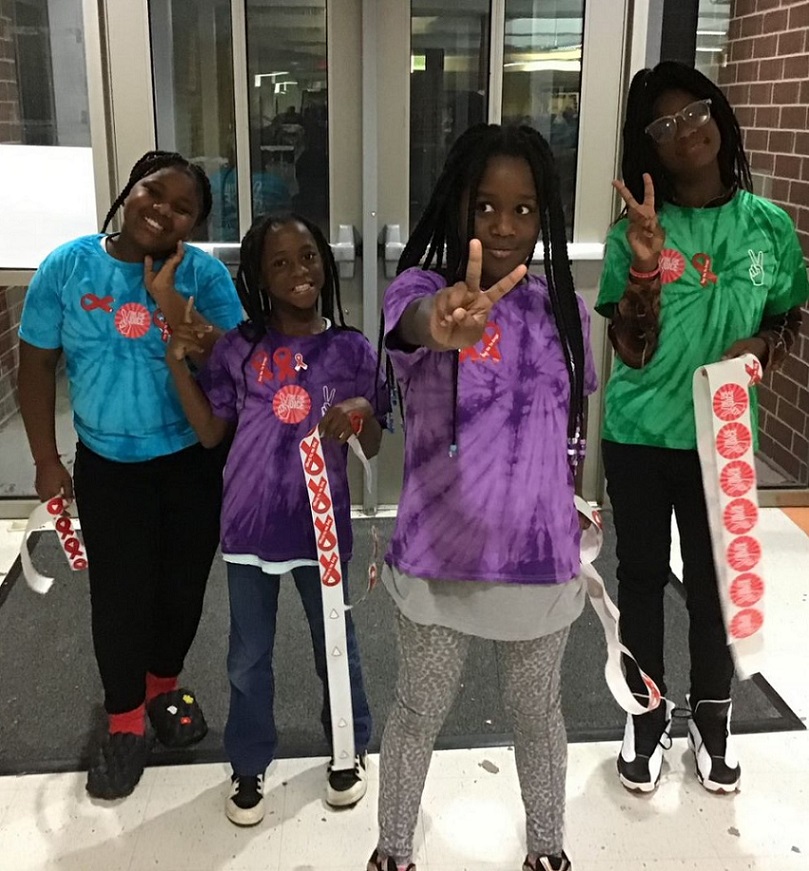
Kars4Kids: What are some examples of a monthly challenge?
Debbie Cwalina: Oh, we have so many great activities! We normally provide two activities per month; some we create and some we share from other organizations.
Here is an example from this year’s Elementary and Middle School program:
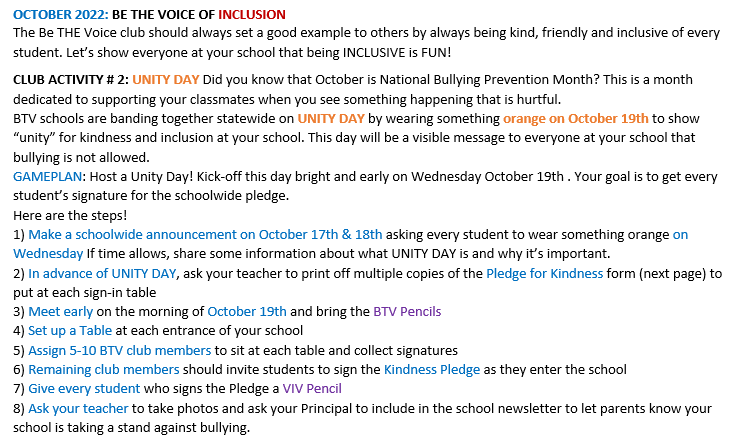
Here is one from the High School program:
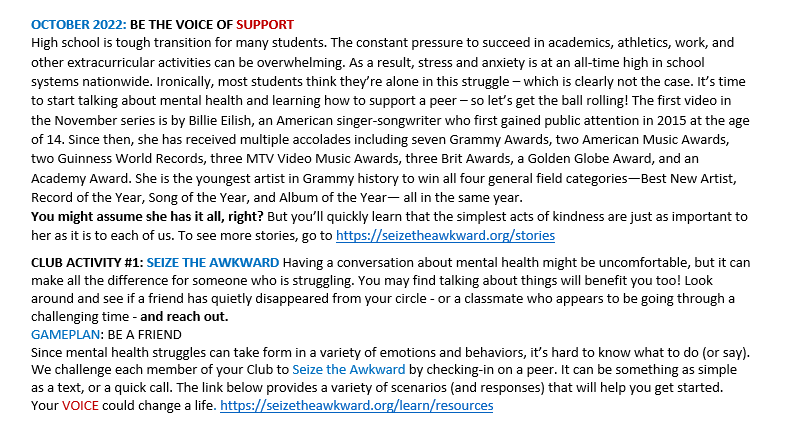
And thanks to a huge product donation of Threadship® Bracelet Kits every school enrolled in the BTV initiative is participating in the “Wrist Wishes” activity during the month of November and December!
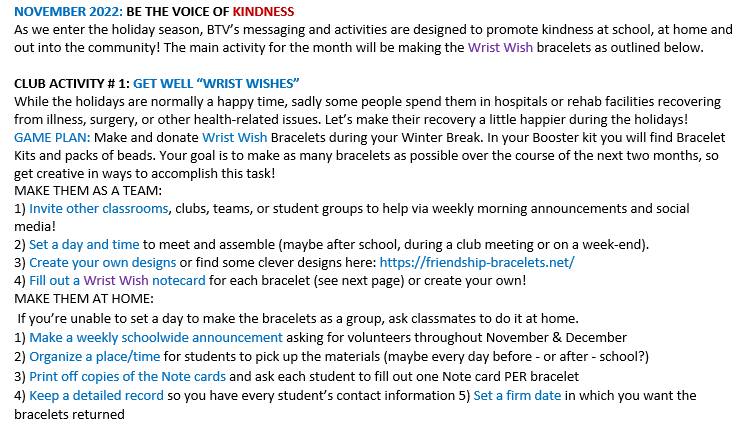
Kars4Kids: You say that 65 percent of students are visual learners. Briefly, can you define what that means for our readers? Is this a new phenomenon—is it about the age of technology?
Debbie Cwalina: Our brains were built for processing visual information, below are some amazing stats that support our approach:
- Ninety percent of the informationprocessed by the brain is visual.
- It takes only 13 millisecondsfor the human brain to process an image.
- The human brain processes images 60,000 times faster than text.
- People remember 65%of what they see, compared to just ten percent of what they hear.
Our video series is easily incorporated into the school’s schedule. Remember the Hallmark commercials we grew up with? Short, sweet, and evoked our emotions in under 60 seconds. That is the format of our video series! Many of our stories involve students who created organizations born from a personal passion. This is so inspirational for our viewers when they see kids their age doing big things!
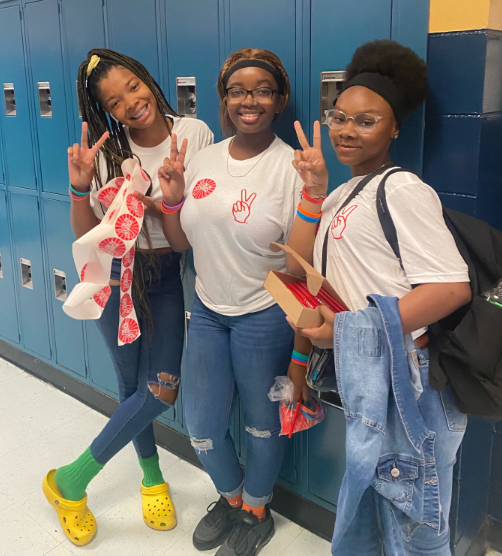
Kars4Kids: BTV is based on science, according to your website, which mentions behavior modification through repeating specific behavior patterns. Does your program stand as a kind of CBT—cognitive behavioral therapy? What kind of behavior patterns would participants ideally repeat for this purpose?
Debbie Cwalina: We all know that any form of repetition will help you reach your goal faster. This is true for losing weight, learning a language, or attaining a new skill set. According to HRI, “[Behavioral] change involves physical changes in the brain. The problem is that [behavioral] change isn’t something that a person just suddenly chooses to adopt. You have to slowly learn a new habit. And this means that you have to ‘overwrite’ the ingrained, existing habit with the new habit. This takes time and repetition.”
Our approach – which revolves around weekly positive messaging – changes HOW a student responds to a difficult social situation. Research has shown that modifying behavior is a slow process, therefore our initiative runs from October through April each year. Once students realize what a difference they can make in someone’s life – or within the community – they seek more opportunities to do so!
A majority of our schools have been in the BTV program since the very beginning (2015), a clear indicator that our platform works. In fact, survey feedback from teachers and counselors from the 2021-22 program revealed both a positive shift in school culture with a “notable decrease in both in-school and out-of-school suspensions.” Amazing results for a voluntary initiative.
A few examples of behavior patterns that are consistently exhibited in BTV schools year after year: sitting with someone new at lunch or on the playground; including a new classmate into a social setting; standing up for someone who is being mistreated – in-person or online; being a friend when someone is in need; being inclusive when your peer group is not; or serving a need within their community. The BTV message is to always do the right thing, especially when it’s not the easy thing.
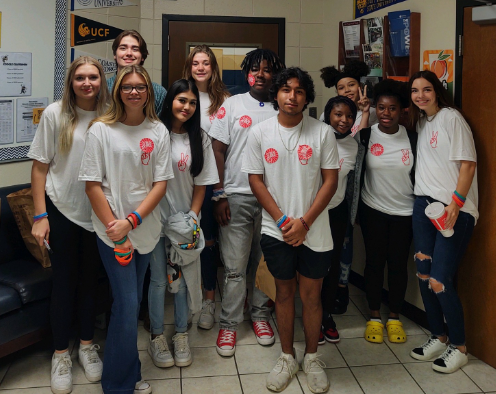
Kars4Kids: Talk to us about “the joy of serving others.”
Debbie Cwalina: When I joined my Rotary club in 2015, little did I know how much it would change the trajectory of my life. I quickly learned – and embraced – the Rotary International motto of “Service above Self,” a message that resonates throughout the BTV initiative. “Serving others” can be something small like sitting with someone new at lunch, or something larger like collecting socks to donate to homeless shelters during the holiday season (a BTV activity in 2020-21 program). My goal is to continue offering our young people opportunities that allow them to experience the “joy of serving others” in some capacity, be it at their school, home, or community.
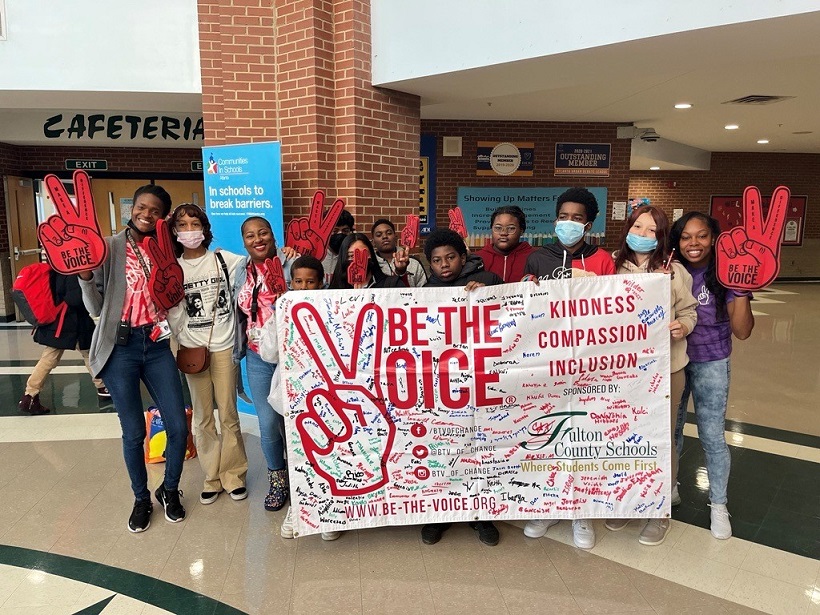
Kars4Kids: What’s next for Be THE Voice?
Debbie Cwalina: To develop a sustainable plan to meet the demand! Due to post-pandemic budget cuts, schools are struggling to fund the program – even though BTV meets many of the SEL & PBIS requirements of the districts we serve.
As a result, we have over 100 schools on our waitlist for the 2022-23 school year. To offer more students a chance to Be THE Voice for positive change within their school and community we seek like-minded corporate partners to help create a matching funds program. Be THE Voice is an excellent way for companies to showcase their commitment to DEI outside the office, and into the classrooms and community. After all, the youth of today will be the workforce of tomorrow. Instilling important communication skills now is an investment that will pay dividends in the future as they enter the corporate environment and can work together without bias. Everyone wins!!